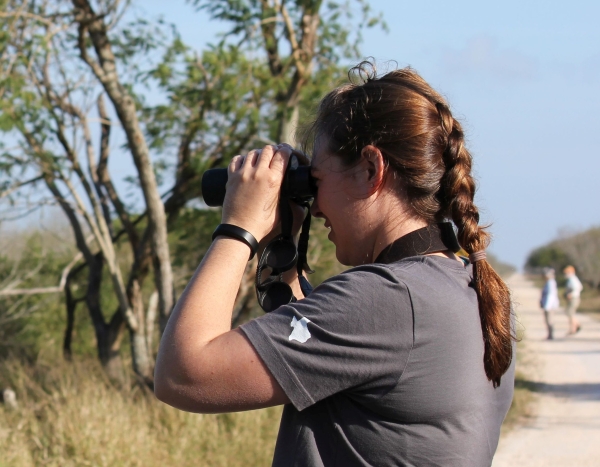
The ponds on the west side, created in partnership with Ducks Unlimited, provide breeding, feeding and resting areas for numerous waterfowl and waterbirds. This is where trumpeter swans were released during the initial reintroduction by the Confederated Salish and Kootenai Tribes in 1996 and continues to be an important release site. Swans use the area for feeding and resting.
Waterfowl numbers vary through the year, with concentrations in spring and fall. Spring migration is at a peak from late March to early May, with waves of different species coming through at different times. A group of migrating tundra swans or snow geese will sometimes rest for a few days at the Refuge. Fall populations often peak in early October to late November. Waterfowl typically nest from April until July. Spotting scopes with tripods or window mounts are suggested to bring in views of distant birds on the water.
In addition, the Refuge contains stands of large cottonwoods and thick willow brush along the roads, providing habitat for a variety of neotropical migrants. Bird watchers and photographers should look for yellow and common yellowthroat warblers along with willow flycatchers in these thickets. Cliff swallows can be found nesting along the dam. Year-round residents include the abundant black-billed magpie, northern flickers, ring-necked pheasants, and American kestrels.
Bald eagles have nested on the Refuge so watch for adults and their dark juveniles. Rough legged hawks migrate from Canada for the winter and hunt the fields surrounding the Refuge. The area can also receive periodic winter-time visits from snowy owls. Typically there is at least one snowy owl in the area but winter populations have reached into the 30s in highly irruptive years.
Please remember you are visitors to the Refuge and restrain from disturbing wildlife. Do no use electronic or game calls, including bird calls, which can cause stress on animals as well as disrupt opportunities for other visitors.
